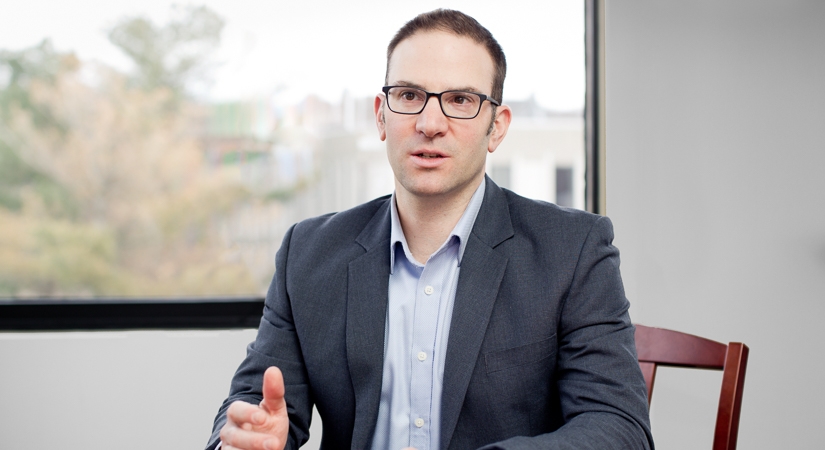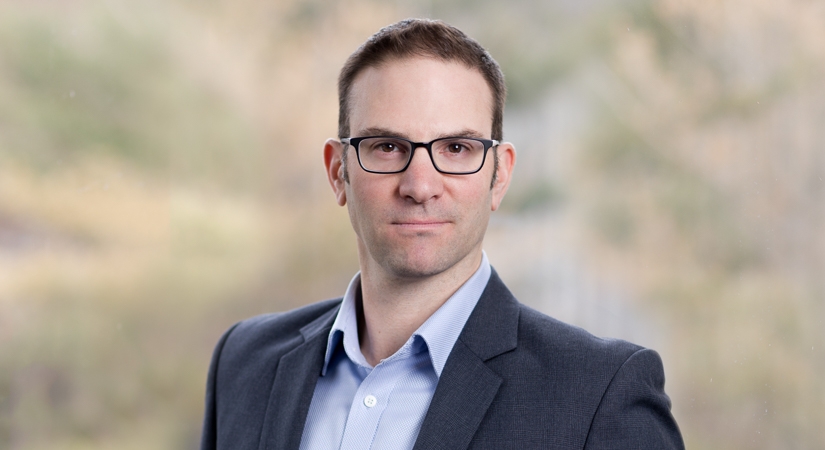B&D Secures Victory in PCB Contamination Case Appeal
Litigators in Beveridge & Diamond’s Boston office on February 6 secured a win from the U.S. Court of Appeals for the First Circuit, which affirmed their 2015 jury trial victory of no liability and no equitable share of $12.5 million in clean-up costs for PCB contamination in a river in Boston’s Hyde Park neighborhood. Thomas & Betts Corp. v. New Albertson’s Inc., __ F.3d __, 2019 WL 459127 (1st Cir. Feb. 6, 2019).
The plaintiff alleged that the firm’s clients – global manufacturer Siemens Industry, Inc. and Allis-Chalmers Energy Inc. – and 16 other defendants contaminated a Boston-area waterway with PCBs during an operational history dating back to the 1930s. Following a six-week trial, the jury apportioned costs and found that B&D’s clients bore no liability for any release. The First Circuit’s decision affirmed the jury’s verdict and the trial court’s judgment in all respects and relegated challenges to the firm’s clients’ judgment to a footnote.
“This kind of case is tailor-made for B&D’s sophisticated contaminated property litigation practice. We help clients ensure that they pay their fair share – and not a penny more – for any liability they may have from legacy contamination,” said Boston Managing Principal Marc Goldstein, who led the trial team during the years of litigation and the six-week jury trial.
The complex multiparty action raised issues of causation, successor liability, protections for innocent parties who are current owners, the sufficiency of expert evidence to tie historical operations to contamination, and the award and collection of attorney’s fees and costs under Massachusetts Chapter 21E, the state equivalent of CERCLA. Interestingly, in a legal system predicated on litigants paying their own legal fees, much of the First Circuit’s decision focused on the recovery of attorney’s fees.
Among other holdings, the unanimous panel found in a decision written by Judge David Barron that even where two parties had an initial cost-sharing agreement for performing the remediation long before litigation, redistribution of those preliminary payments by the jury is subject to prejudgment interest, an issue of particular important where remediation, litigation, and trial is lengthy.
The First Circuit’s decision is also a cautionary tale for the representation of multiple defendants in a contribution action, any one of which might seek reimbursement of their legal fees as a party that did not cause or contribute to the release. Careful accounting on behalf of each of the clients proved critical to the District Court’s analysis as the ability to untangle billings for one client which was entitled to an award of attorney’s fees after the fact faced considerable skepticism. Given the considerable deference that the First Circuit reaffirmed of the District Court in this area, lawyers and clients are on notice about how to structure their representation and billing to maximize success in the wake of this decision.
Principal Eric Klein argued the case at the First Circuit. With Marc and Eric at trial and on the briefing at B&D was Associate Brook Detterman.









